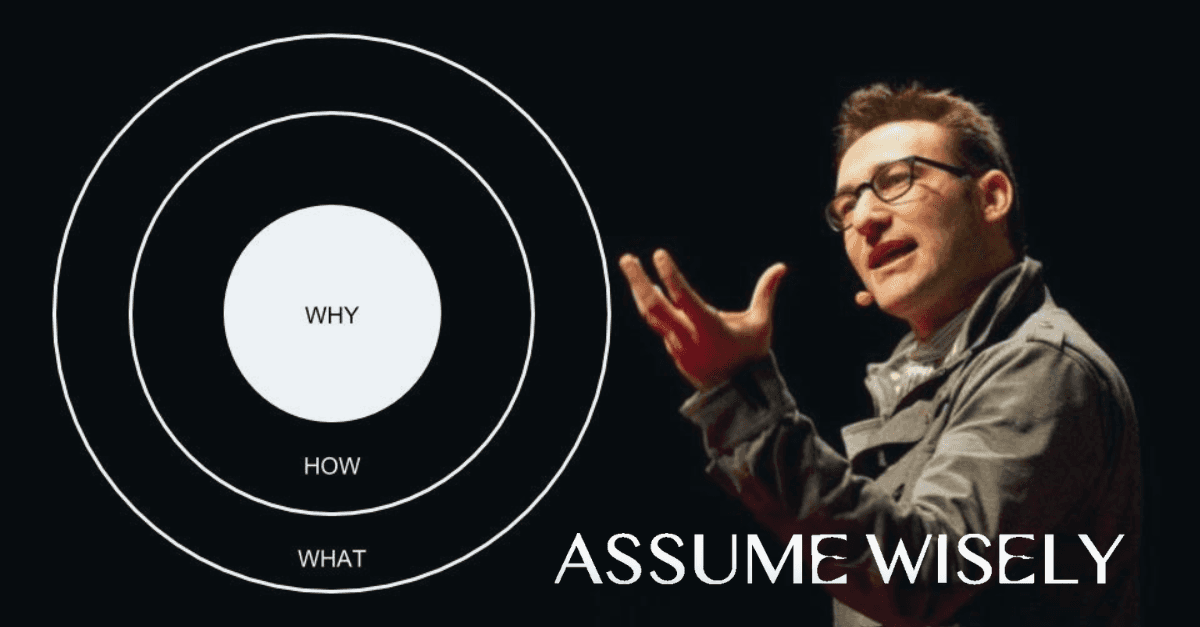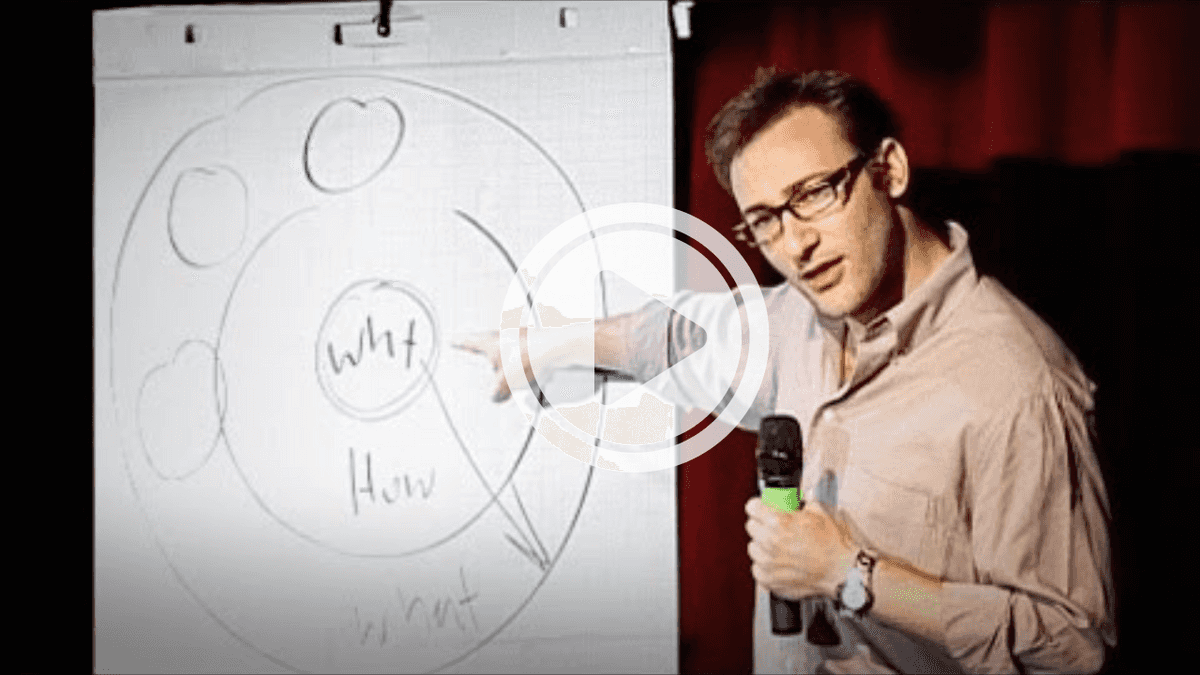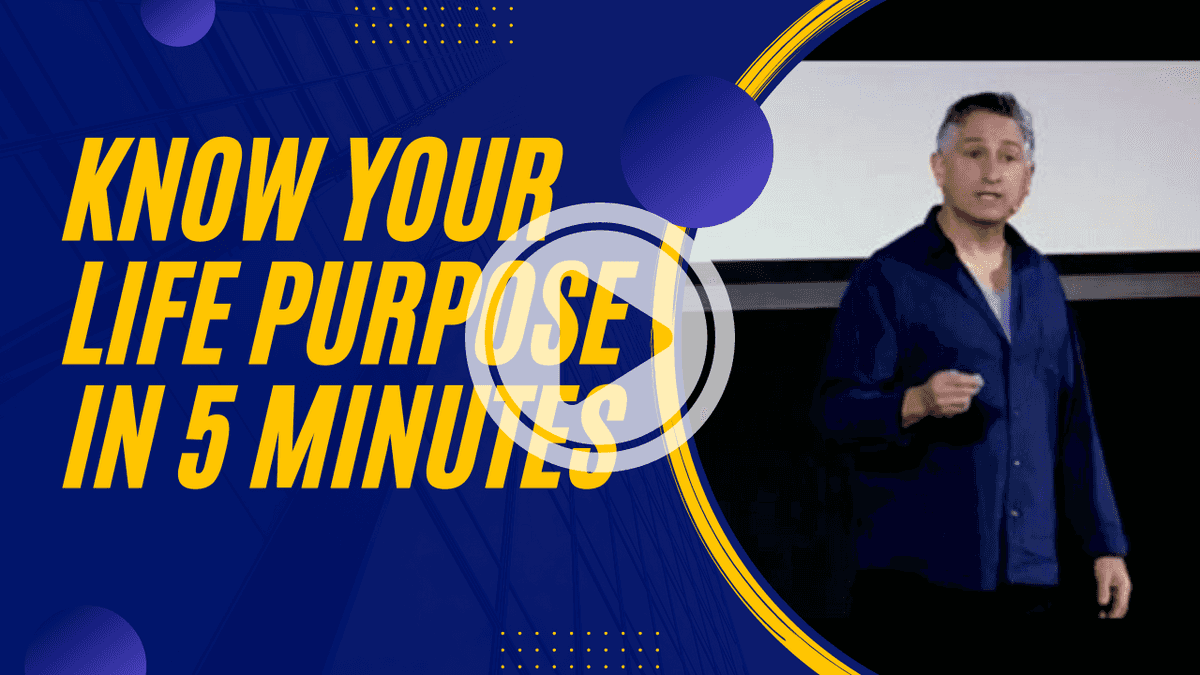
Modern Values Based Leadership
Posted: October 10, 2023
Not too long ago was an awful time in my life. It's saturday afternoon, I’m unloading groceries. I don't remember what set me off, I just remember chucking a giant Costco package of toilet paper across my lawn in the general direction of my front door. I'd had it.
I was tired. Tired of being broke. Tired of all the crap in my life. Too much nagging. Not enough sex. Too much weight. Not enough exercise. Too much work. Not enough results. Too much month at the end of the money. And my kids...my only reason to endure, were killing me.
I dreaded the weekend. Another reminder of how much my life sucked. At least when I went to work, I could focus on work and take my mind off things. Monday mornings were the worst: the inevitable question, what did I do over the weekend? The truth is, I spent my weekends simmering, waiting for Monday because we were broke. I couldn't afford to do anything.
My wife's had it too. "It's never enough," she says, "You're never happy." My wife is tired. Tired of seeing me like this. She is right of course. I keep repeating the same line: the idea that when I graduate college, get my first job, get a new job, make a certain amount of money . . . then I'll be happy. But that isn't true at all! I keep moving the goalposts because each step doesn't make me happier, it just frustrates me more that I am not where I want to be.
I didn't know it but I was suffering from shouldy values.
The Hole We All Need to Climb Out Of
Shouldy values is what I call our default setting: focusing on what should be, what I should have had by now. There is one in particular: Big house. Nice car. I didn't even want that big a house, just bigger. I didn't even want that nice a car, just nicer. In the absence of actual values those shouldy values end up as a fairly common default:
What's it all for? Tour bus, studio, and the fans,
What's it all for? Chicks and whips with twenty inch rims,
What's it all for? To feed my family and my friends,
What's it all for? To change your world the best I can.
What's It All For, Bazaar Royal
Acknowledging these shouldy values is the important first step. It isn't the same as discovering the valuable ones. How is this discovery achieved? For me it was a long process of figuring things out as I went along. It's not learning something new; It's simply remembering what you already know.
Discovering values is an art. It's creative expression. It isn't additive, like molding clay. It's subtractive, like carving into stone. You're looking to unearth something under the surface that's been there all along. Don't try to create new values; all you can truly do is expose the real ones.
The Transformative Power of Strong Company Values
A community that can clearly identify its values emits an attractive force. Values are inherently fuzzy. We're all seeking them in some form. It's natural to want to participate in something larger than yourself. Such a community pulls you in.
This is matter of course in religious communities where values are taught as part of the tenets of faith. By no means is it exclusive to religious organizations. When I wasn't simmering on the weekends, I worked at Entrata. Entrata is exceptional in living its values. Entrata is a fun place to work. It’s one of the company values: business in the front, party in the back. We worked hard, we played hard. It was easy to adopt Entrata’s values as my own. It was easy to resonate with them.
When values are clear it creates trust. It creates a common ground you can build on. It builds the foundation of a relationship.
Entrata modeled for me how to live intentionally and not by default. I needed to see that. It gave me permission to do likewise. It prodded me to discover my own values. To turn the default setting off.
The Mistake That Is Costing You
Take a look at your resume. Where is the emphasis? Is it on your accomplishments? Take a look at what you wrote in your last performance evaluation. Do you concentrate on your actions? Consider the last excellent movie you saw. What can you tell me about it?
Don't give away the plot! Focusing on the 'what' is a temptation everyone falls prey to.
Instead, start with "Why." Simon Sinek wrote a book on it, but you can get away with just watching his TED talk.
Anyone (and everyone) can tell you what they do.
Some can talk about how. This is 90% of what marketers will focus on: differentiating value proposition, proprietary process, secret sauce, or USP.
Very few discuss the importance of Why, Purpose, Cause, Belief. These are crucial to consider. Why do you wake up every day? More importantly, why should anyone care? People don't buy what you do--they buy why you do it. Your product simply serves as proof of what you believe.
The goal is to do business with people who believe what you believe. It is not making money; that is a result.
Start with Why, then follow it up with How and What.
How to Start with Why
I bought Start With Why hoping to learn how. The book comes up short on teaching how. The book focuses on why it matters and at the end, Simon upsells his $100 course to help you find your why. I opted to figure it out on my own. It took a little over a year to nail down a repeatable process. But it was free! If you are interested in learning how I did it, keep reading.
It can be tough to figure out your Why. It's innately fuzzy and hard to pin down. Your goal is to bring it into sharp focus. That might take some time. Keep revisiting the idea, and you'll get there.
My initial efforts were strongly influenced by the Strengths Finder 2.0 Assessment. I strongly recommend this assessment; it's free when you buy Strengths Finder 2.0. This is a fantastic tool for determining your natural talents to set you apart from the crowd. Strengths are your USP, your secret sauce. This task is well worth your time. Even as I studied my talents I was keenly aware that I was missing the mark. Strengths speak to your How not your Why. Strengths aren't the same as purpose.
It's ironic that the question Simon Sinek leaves unanswered in his TED talk is answered by another TED talk: How to know your life purpose in 5 minutes by Adam Leipzig.
The term "elevator pitch" is something you're undoubtedly familiar with. Adam goes through a series of questions to help you articulate yours in under five minutes: your own elevator pitch that starts with why. You can check out mine on my LinkedIn Profile. Or my Instagram Bio.
This is starting with Why. This is real progress. This is material accomplishment. This is . . . not enough. This is not going to weather the storm.
Make no mistake the storm comes.
The Cure For Shouldy Values
This excecise will help you identify those values that will weather the storms. You are going to fill out a bracket for your values. Think March Madness, but with values.
This is most easily done using Post-It notes. I've started you off with a pretty good list of values. Look for ideas in this list, or simply google "list of values." On a post-it notes, write down the values that appeal to you. One value per Post-It. If a term attracts your attention, note it down on a post-it. Don't edit yourself at this step.
Create these five categories: relationships, things, talents, traits, and skills. You should already have a stack of Post-it notes on hand. Sort your notes into these categories. Don't overlook this step. I had to start over. In the last step, it will become obvious why this is significant.
Finally, fill out your bracket. Hold a tournament for each category (think March Madness). Each value will compete against another. Consider a pair of values. If you have to pick one, which do you keep? The winner advances. Repeat until there is a clear winner for each category. You can repeat the process to determine second place and so on until your values are ranked for each category.
The categories are crucial because you might prioritize one category over another. This was my experience: even though I highly value knowledge, values in other categories killed it off simply because knowledge is a thing. I value things the least. I realized the need for categories when I saw knowledge dropping deep down in the ranking. Play with it, flex the bracket to meet your needs. The bracket is designed to spark your own intuition. It's not intended as an objective measure.
Knowing Your Values Can Help You With Tough Decisions
When my wife and I have a disagreement we have a few options:
- Concede. My go-to. For most things, it just doesn't matter.
- Persist. Endure. Bully. Until the other person concedes.
- Compromise. No one gets what they want.
- Leverage our common values.
We can choose the last option to take a step back. Remember who we are and what we value. Elevate the discussion to a higher plane. Approach our discussion from a position of common ground. Ask, "What do people like us who hold these values do in this situation?" Leverage our values to make the decision.
Values are a tool of effective leadership.
In a world where the only certainty is change, values-based leadership is more important than ever. In order to navigate through the constant uncertainty and chaos, organizations need leaders who can make decisions based on enduring values, not short-term pivots.
What does it mean to be a values-based leader in the modern age? What do values do for an organization? And how you can use them to navigate the challenges of modern business?
Values afford leaders the leverage they need so they don't have to be present in every meeting (and for every decision). Values create leverage for thinking and decision-making. It's important to recognize the role values play in leadership and decision-making. What do I mean?
In a business context values become a tool. Values are the foundational data your tribe has available to make informed decisions. They are the fundamental building block that drives everything else in the org.
Developing Company Values
Entrata continuously invests in its values, it's not a one-time thing. It starts with interviews--my friend told me that they would ask about the company's values. They did. Every week, we encouraged each other to live up to these values. "Talk to me Goose", TTMG, was a common shorthand for communication as was "Be Excellent" to .... our customers ... each other, etc. Values were on display at Values Week as well as other company events. Each year during our annual review, we addressed how well we lived up to the Entrata values.
I said before Entrata is a fun place to work: business in the front, party in the back. The symbol of that particular value is the mullet. At Entrata the conference rooms are named after famous mullets: there is Aggassi, Norris, Bolton, and Cyrus just to name a few. Walk into Norris and the large display monitor has a screensaver featuring . . . Chuck Norris. That's cool. That's fun.
Coming to Purple Innovation I see a similar theme to our conference rooms. Instead of famous mullets, Purple's conference rooms are named after scientists: Da Vinci, Tesla, Edison. It's not listed as one of our values, but "Thanks Science!" is a popular phrase Purple uses for swag and social media. Science isn't expressly stated in our current values; it underlies several of them. As a data professional, that is attractive. I believe in science, I invest in knowledge.
Tell Me Your Story.
Leaders provide stability in an unstable environment and inspire teams to achieve great things. Embrace values-based leadership to create a culture of trust in your organization, your tribe, from employees to shareholders, better decision-making, greater creativity, and innovation.
We all forget. We all need to be reminded of our purpose. Jamie Dimon once said,
"Leadership is relentless storytelling."
Tell me your story. Do the work, what story is yours to tell? It's a story about you, your tribe, and what you do for them. It starts with what you believe, and what you value. But it can't just be about you. Your story is about what you do to help your tribe reach their ideal, achieve their goals, and overcome their trials. You need to be clear about who you are, what you believe, and how you stand out. You need to be clear so you can communicate with your tribe. How else will they know? When you share your values it will resonate with them. They will be better for it.
This is your contribution, what you do to serve them.
PS: Memory Lane
I don't do this with all my blogs but this one is hard won and special to me. To help illustrate the time investment I'm listing out the previous itterations this idea has gone through over the years.


